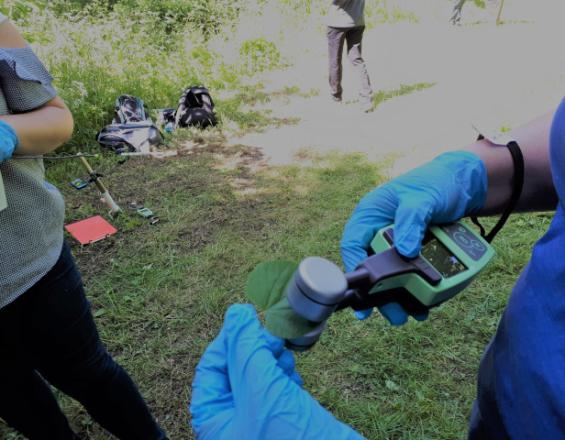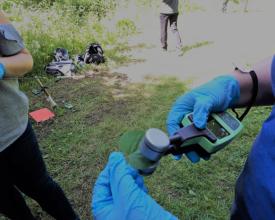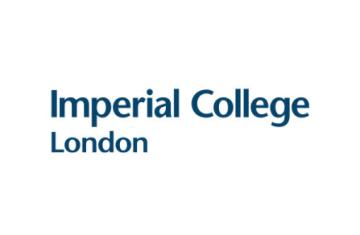
The effects of management of urban green space on tree and soil health

The management of vegetation and soils plays an important role in the carbon cycle in urban environments yet our understanding of carbon cycles in urban green and blue spaces is very limited. These spaces can provide essential benefits to the overall carbon balance of a city, as well as other important advantages related to flood mitigation, thermal comfort, water quality, biodiversity, reduction in air and noise pollution and improved human health and wellbeing.
In Europe, urban trees and soil across 6 locations (three parks) in Birmingham, London and Paris were studied to understand how the management of urban green spaces affected tree and soil health, and therefore the sequestration and storage of carbon. The collaborative project involved researchers from Earthwatch and from institutes in the UK and France who guided a team of citizen scientists to collect in-field soil and tree measurements as well as take soil and leaf samples to be later analysed in the lab.
Context
Challenges addressed
Location
Impacts
Citizen scientists collected branch length, leaf number, leaf area and leaf chlorophyll content data to estimate tree growth and vitality of each study tree. Sensitive micro-dendrometers that collected thousands of data points over 20 months also recorded the intricate changes in tree diameter that can be used to deduce growth, transpiration, phenology, mobilization of reserves, health status and atmospheric temperature. The data collected found that managed trees showed the strongest growth. Project scientists associated this improved productivity to a lack of competition from other trees for resources such as light in managed environments.
Citizen scientists also measured soil colour as a proxy for soil organic matter and took samples for lab analysis. Results showed that soil carbon was higher in unmanaged areas, where leaf litter and other vegetation was not removed and trees spacing was small. The soils in these sites had improved carbon storage, compared to the soil where tree leaves were removed (managed sites).
The results show how tree location and management provides a range of benefits in relation to carbon capture and storage. The researchers also highlighted the correlation in data collected by the citizen scientists, sensors and lab samples, emphasising the value of communities engaging in scientific data collection.





